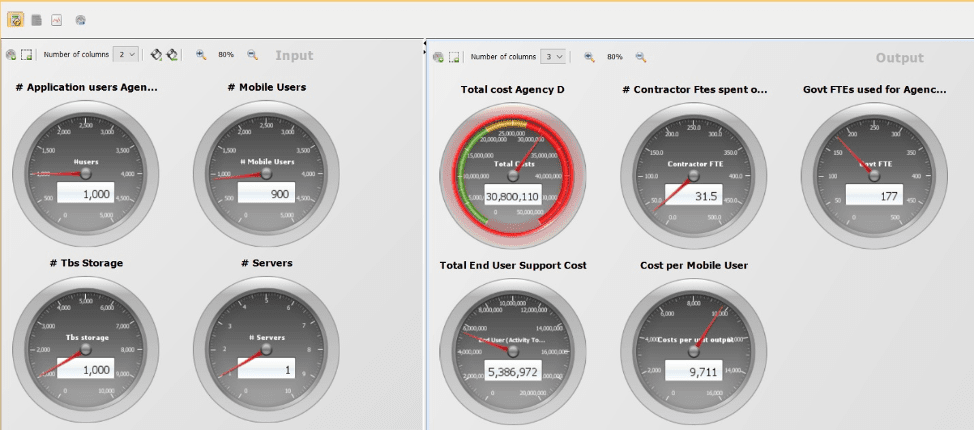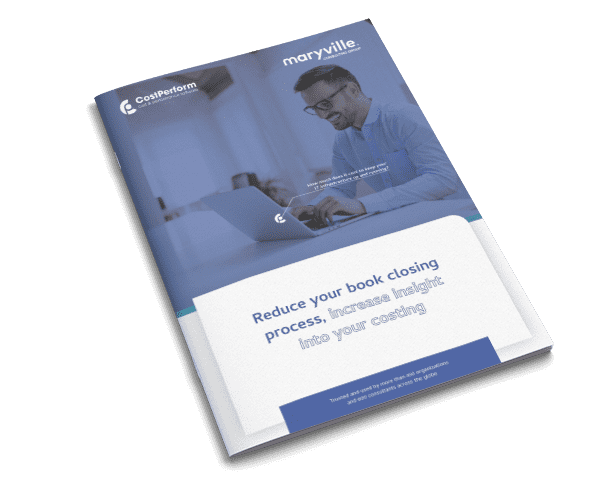In an earlier blog, we shared that SAP PCM maintenance has ended. Thanks to our experience with converting SAP PCM models into CostPerform for multiple clients in multiple industries, we understand what this process means and what it looks like.
The basics of every conversion
All SAP PCM models have line items, responsibility centers (or resources), activities and cost objects. Converting those primary objects and layers into CostPerform is a smooth, efficient and fast process. CostPerform can ingest the same data files as PCM or use files from PCM like the LIV (line item values), ADV (activity driver values) , CO (Cost Objects), RDS, RDV, LITORD, etc.
In CostPerform we have a ‘PCM based metamodel’ with a
- line item layer,
- responsibility center layer,
- activity layer and a
- cost object layer.
These layers are populated with the relevant objects with their corresponding hierarchy and allocations will be made between the different objects using the same drivers as in PCM.
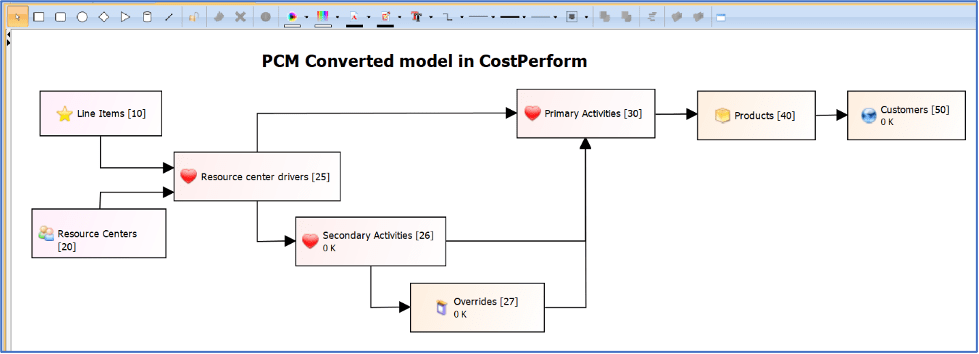
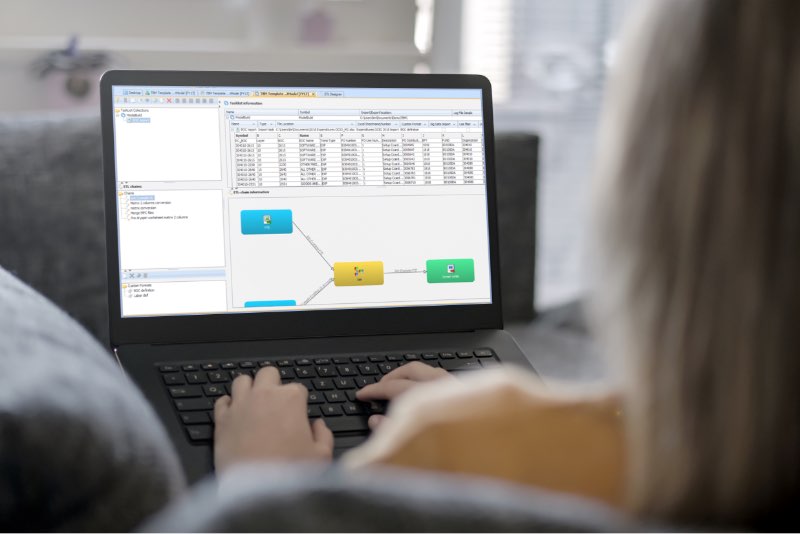
How CostPerform compares to SAP PCM models
Variations in SAP PCM models exist in a number of areas:
- whether or not a PCM model has activity re-assignments;
- how many dimensions are defined in the Cost Object Layer (1 through 5 different dimensions are possible in SAP PCM);
- whether or not the client uses a staging model.
What do these variations mean?
Activity re-assignments can easily be created in CostPerform as well, either by ‘loop allocations’ (‘intra-modular assignments’) or by creating a separate ‘secondary activity layer’ and allocating secondary activities to ‘primary’ activities. There is no right or wrong here. Preference of one option to the other is a matter of personal style and taste (what briefs better and what is more transparent). For activity re-assignments in PCM, the drivers are typically a specific flavor of cost (line items) for a specific (group of) responsibility centers (cost centers). This can easily be mimicked by using ‘shadow’ attributes, where a specific (set of) line item – responsibility center combination is ‘tagged’ and can be used as a driver (for activity re-assignments).
Cost Object Dimensions in CostPerform can also be handled in different ways. When you are dealing with more than two different Cost Object dimensions, the preferred method is to use the multi dimensional ‘big data layer’ in CostPerform. This basically involves building a ‘cube’ into the big data layer in CostPerform. There, activities can be assigned to individual cells, rows, columns or combinations thereof in the Cost Object layer. When the number of cost object dimensions is limited to no more than two, a ‘normal’ Cost Object layer in CostPerform will suffice.
Staging models are sometimes used to create another model in PCM to allocate, for instance, shared service costs. The results of this staging model are imported into the main PCM model as line items in order to be able to fully allocate costs. This is unnecessary in CostPerform. Its flexible model architecture allows for additional layers and accommodates allocating the before mentioned shared service costs to other cost centers. An added bonus: you can trace back and validate all costs, including the ones from the ‘staging model’ in one model. Something that wasn’t possible in PCM.
Discover what CostPerform can do for your organization
Additional functionalities
Once the model is converted, CostPerform offers a number of functionalities to ‘enrich’ your cost model. This enables you to answer more management questions and perform additional analyses.
Including FTEs
Including FTEs is an example of an easy enhancement with a lot of added value. It requires no changes to the model structure. Just adding an FTE attribute and populating that in the labor resources (responsibility centers) will suffice. Defining that FTE attribute as a ‘shadow’ attribute will automatically allow you to see how FTEs flow through the model, all the way up to cost objects and all its dimensions.
Linking models
Linking models is something that isn’t possible in PCM. In CostPerform, you can. For instance, if you have separate models for CIO, CFO, etc., you can link their output to input in other models. This is an alternative to the ‘staging models’ in PCM as mentioned earlier.
Folders for assignments
Using folders for assignments is something that also isn’t possible in PCM. There, you have to allocate the lowest level objects to other lowest level objects. Instead of allocating all individual children the same way, you can allocate from or to the folder in CostPerform, with the same result. The main difference is the ease to maintain the model.
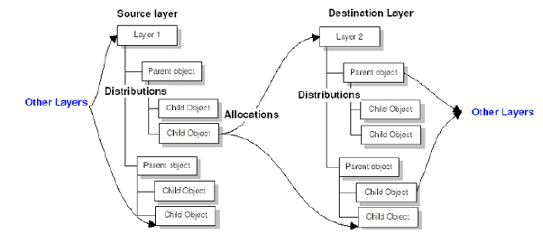
Predictive modeling
Predictive modeling is theoretically possible in PCM. However, in our experience, we haven’t seen it with any of our clients we converted to CostPerform. Predictive modeling is part of CostPerforms DNA. With the added FTEs and existing driver values, all ingredients are present to turn your model into a ‘pull model’ to do predictive analytics. Enhancing your model with this functionality is a minor effort and will allow you to use the built-in dashboard to do ‘what-if analyses’ on every variable in the model.
